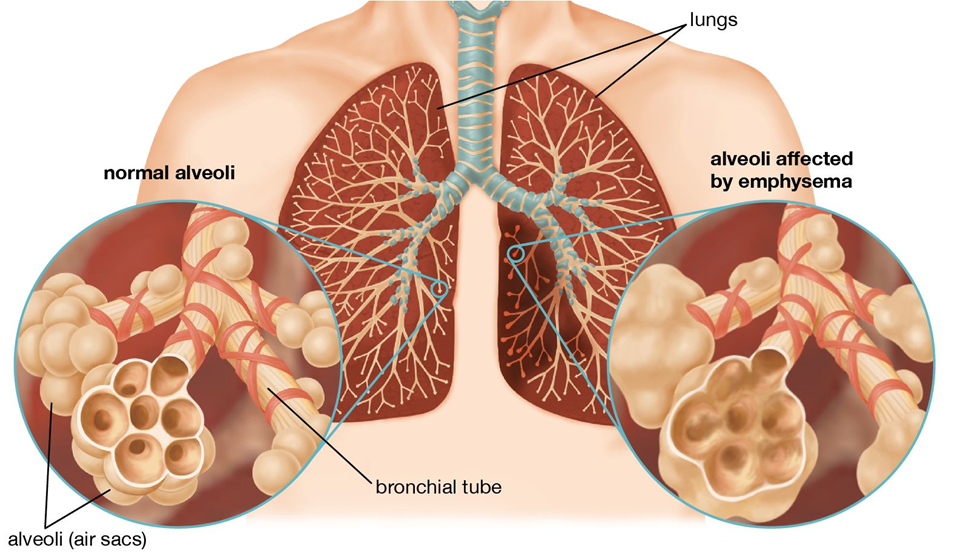The nurse is recommending guided meditation as a nonpharmacological pain intervention for a client experiencing chronic pain. What information should the nurse include when teaching the client about nonpharmacological pain interventions?
You may require lower doses of your pain management medications.
Guided meditation will replace your pain medication.
Guided meditation is only available at the hospital using licensed therapists.
Pain medications will only need to be given on an as-needed basis.
The Correct Answer is A
Choice A reason: Guided meditation and other nonpharmacological pain interventions can help reduce the perception of pain, which may allow for lower doses of pain management medications. This is beneficial as it can reduce the risk of side effects and dependency associated with higher doses of pain medications1. Studies have shown that integrating nonpharmacological methods like guided meditation can enhance overall pain management and improve the quality of life for patients2.
Choice B reason: Guided meditation is a complementary therapy and is not intended to replace pain medications entirely. While it can significantly aid in pain management, it is typically used alongside pharmacological treatments to provide a holistic approach to pain relief3. Relying solely on guided meditation without appropriate medical supervision and medication can lead to inadequate pain control.
Choice C reason: Guided meditation is not limited to hospital settings or licensed therapists. Many guided meditation resources are available online, through apps, or in community centers, making it accessible to a broader audience4. Patients can practice guided meditation at home, which provides flexibility and convenience in managing chronic pain.
Choice D reason: Pain medications are often prescribed on a regular schedule to maintain consistent pain control, especially in chronic pain conditions. While nonpharmacological interventions can reduce the need for frequent dosing, they do not eliminate the necessity for scheduled pain medications5. It is essential to follow a healthcare provider’s recommendations for medication administration to ensure effective pain management.
Nursing Test Bank
Naxlex Comprehensive Predictor Exams
Related Questions
Correct Answer is C
Explanation
Choice A Reason:
“Prevents pressure ulcers” is incorrect. While positioning can help prevent pressure ulcers, the orthopneic position is specifically used to aid in breathing rather than to prevent pressure ulcers. Pressure ulcers are typically managed by regularly repositioning the client and using pressure-relieving devices.
Choice B Reason:
“Supports hip extension” is incorrect. The orthopneic position does not primarily support hip extension. This position involves sitting up and leaning forward, which does not significantly affect the hips.
Choice C Reason:
“Facilitates breathing” is correct. The orthopneic position, also known as the tripod position, helps to improve breathing in clients with COPD. By leaning forward and resting the arms on a table or knees, the diaphragm can move more freely, and accessory muscles of respiration are better utilized, reducing the work of breathing.

Choice D Reason:
“Promotes urinary elimination” is incorrect. The orthopneic position is not intended to promote urinary elimination. Urinary elimination is typically managed through other interventions such as ensuring adequate hydration and, if necessary, using a catheter.
Correct Answer is ["C","D","E"]
Explanation
Choice A Reason:
Providing a bed bath is a task that can be delegated to unlicensed assistive personnel (UAP). This task is routine and does not require clinical judgment or advanced nursing skills. UAPs are trained to perform basic care activities such as bathing, which helps maintain the client’s hygiene and comfort.
Choice B Reason:
Assisting in toileting is another task that can be delegated to UAPs. This task involves helping clients with their toileting needs, which is within the scope of practice for UAPs. It does not require the clinical judgment or assessment skills that are reserved for licensed nurses.
Choice C Reason:
Evaluating the effectiveness of a treatment is a task that cannot be delegated to UAPs. This task requires clinical judgment and the ability to assess the client’s response to treatment, which are responsibilities of licensed nurses. Only licensed nurses have the training and expertise to evaluate treatment outcomes and make necessary adjustments.
Choice D Reason:
Assessment of a stoma is a task that cannot be delegated to UAPs. Assessing a stoma involves evaluating its appearance, function, and any signs of complications, which requires clinical judgment and expertise. This task is within the scope of practice for licensed nurses, who are trained to perform comprehensive assessments.
Choice E Reason:
Discharge teaching is a task that cannot be delegated to UAPs. Discharge teaching involves providing clients with important information about their care after leaving the healthcare facility, including medication instructions, follow-up appointments, and lifestyle modifications. This task requires clinical knowledge and the ability to educate clients effectively, which are responsibilities of licensed nurses.
Whether you are a student looking to ace your exams or a practicing nurse seeking to enhance your expertise , our nursing education contents will empower you with the confidence and competence to make a difference in the lives of patients and become a respected leader in the healthcare field.
Visit Naxlex, invest in your future and unlock endless possibilities with our unparalleled nursing education contents today
Report Wrong Answer on the Current Question
Do you disagree with the answer? If yes, what is your expected answer? Explain.
Kindly be descriptive with the issue you are facing.
